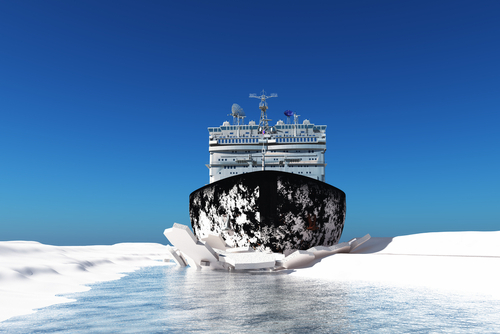Shrinking Arctic ice made this year’s navigation season for LNG tankers the longest on record, benefiting LNG trade, but acting as the latest sign of a deteriorating climate change.
In Northern Sea Route alone, there were 62 transits in the period to December 9, versus 37 for the whole of 2019, earlier data by the Centre for High North Logistics (CHNL) at Norway’s Nord University Business School suggests.
While the Arctic shipping route season traditionally takes place from June through October, this year, voyages started from May and will continue until at least the end of December, according to Bloomberg.
Copernicus Climate Change Service scientists report that globally, November 2020 was the warmest November since records began. Europe experienced its warmest autumn on record.
Meanwhile, the Arctic region and sub-Arctic Siberia continued to be significantly warmer than average and sea ice in the region saw its second lowest November extent.
The Arctic region and large parts of northern Siberia have seen temperatures substantially above average throughout 2020, not just during boreal autumn and November. Sea ice cover in the same region, has been particularly low since the beginning of summer. C3S data show that Arctic sea ice extent reached its second lowest November value since the beginning of satellite observations in 1979.
However, this adverse situation for the planet is a growing opportunity for LNG trade, as Arctic ice melting reduces shipping costs for cargoes heading to Asia, which would otherwise have to transit the Suez Canal or the southern tip of Africa, Bloomberg reports.
Currently, Russia is working to extend the shipping season, with the world’s biggest icebreaker starting in October to escort tankers for more months of the year.






























































